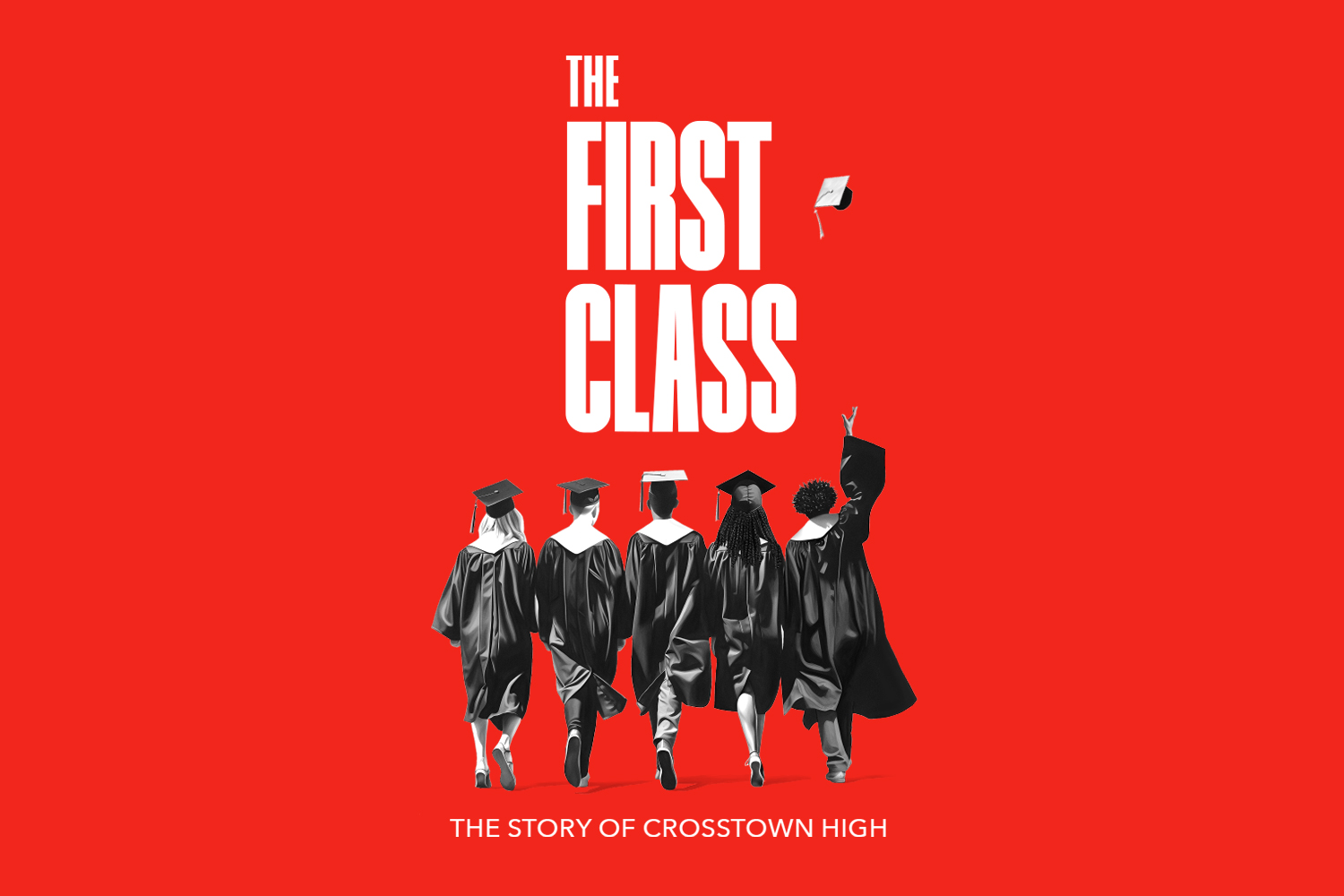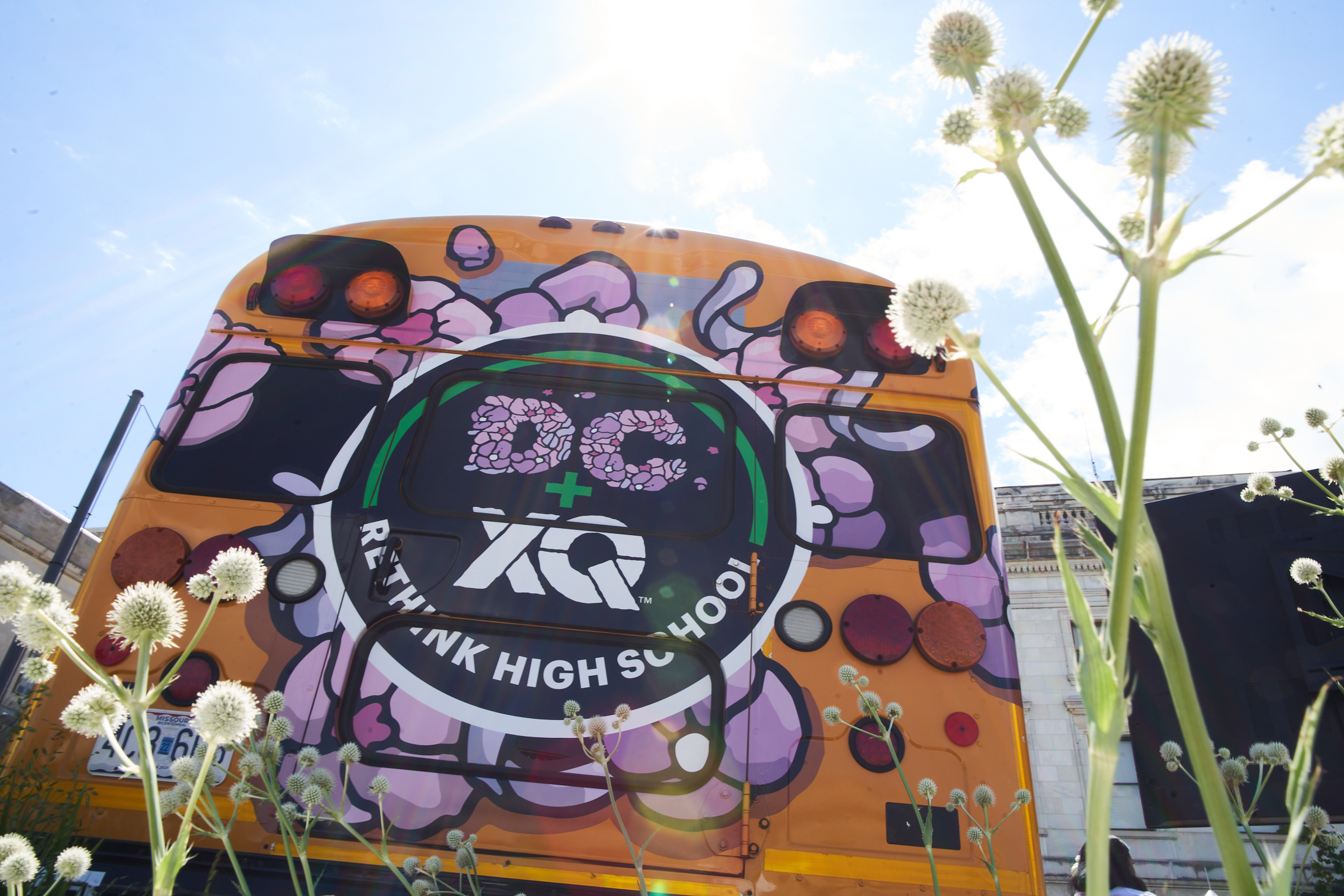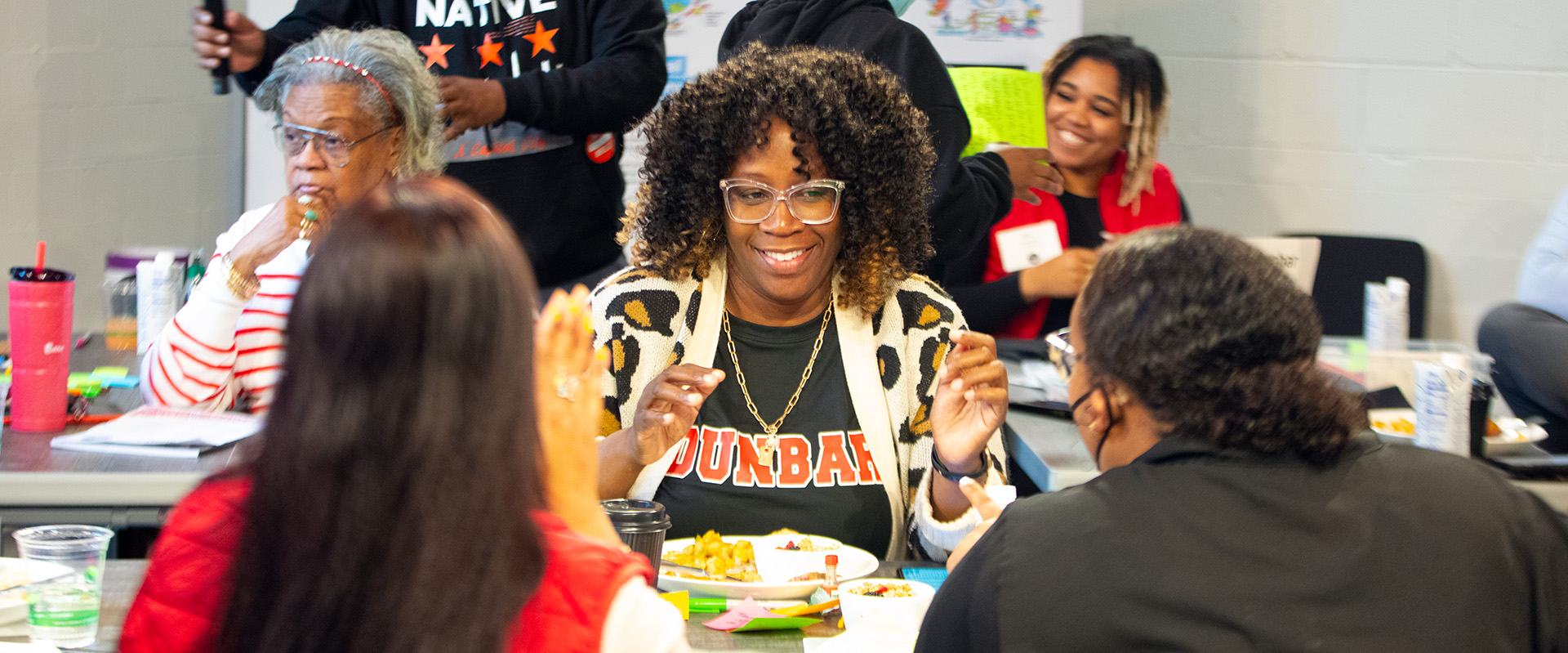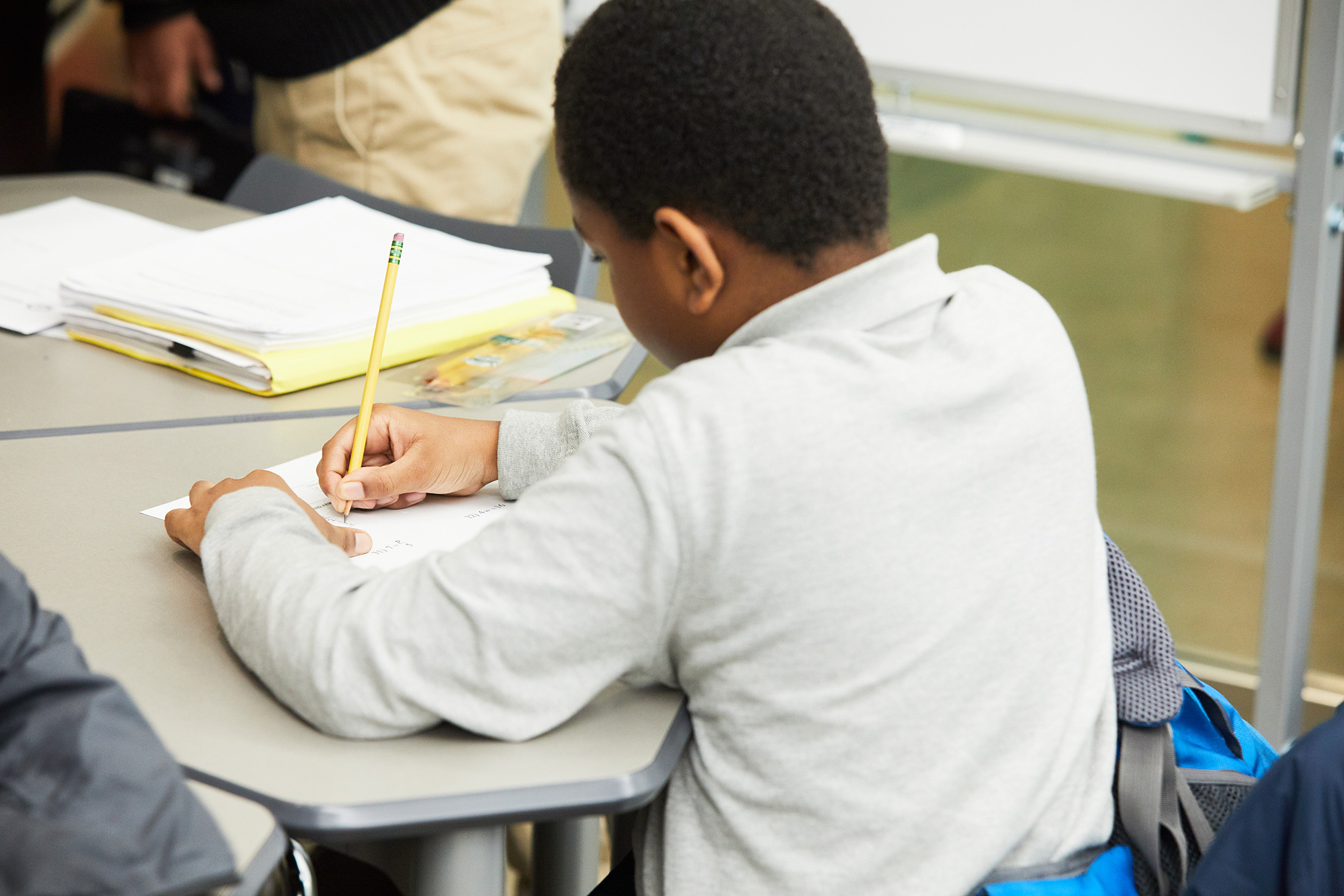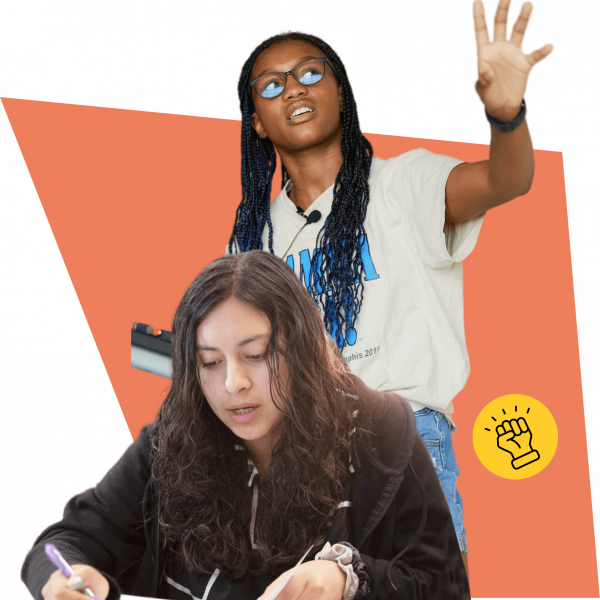A 5-Point Approach for Schools to Promote Equitable COVID-19 Vaccination
As schools begin to explore plans for in-person classes, they’re also considering vaccination plans. Here is a 5-Point Guide for Schools to Promote Equitable COVID-19 Vaccination
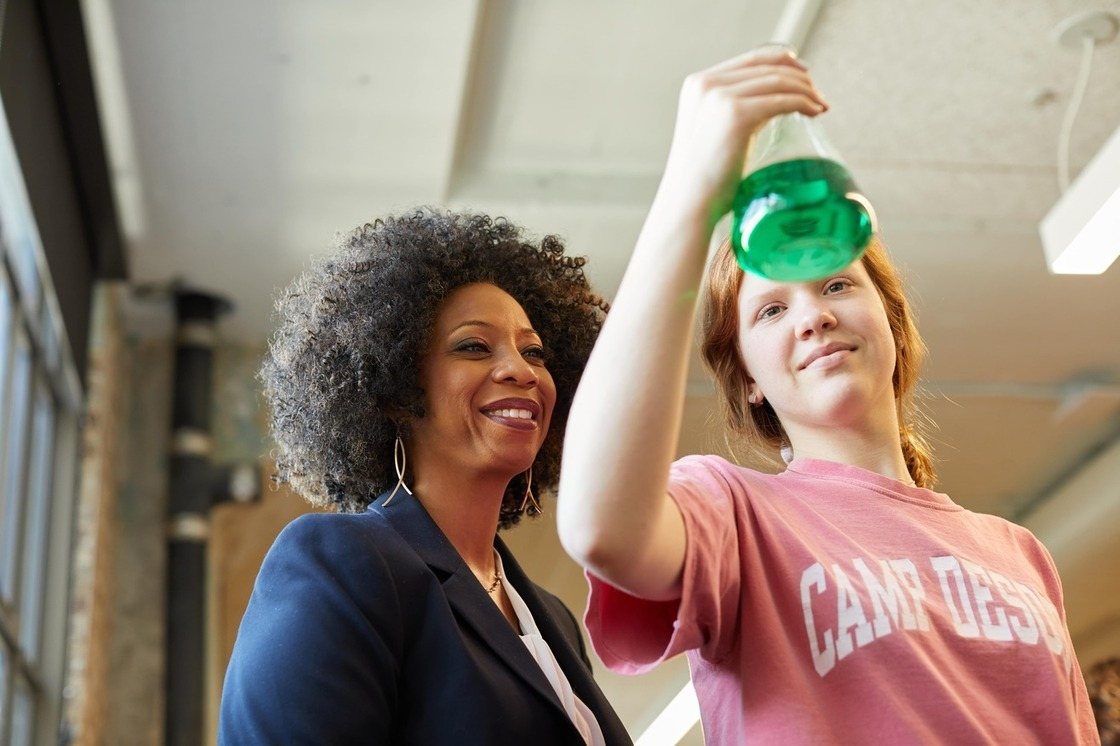
As schools begin to explore plans for in-person classes, they’re also considering vaccination plans. We invited our friends at Brooklyn Laboratory Charter School—an XQ school in Brooklyn, New York—to share their advice on the subject.
With BrooklynLAB, EquityByDesign.org has compiled these five takeaways from its recently launched “A 10-Point Guide for Schools to Promote Equitable COVID-19 Vaccination”, informed by insights and resources from practitioners and experts across health and education, to help schools support COVID-19 vaccination.
When schools communicate more frequently about the risks and distribution of vaccines, families will gain key knowledge to make informed decisions for themselves and their loved ones. Together, we can help the country overcome this virus so that our school communities can get back to the important work of educating young people for the future.
The first step in educating communities and building confidence in the COVID-19 vaccines is to listen to people’s concerns and fears. Listening can help you understand people’s fears, concerns, misunderstandings, and deeply held beliefs, and build the trusting relationships that allow you to respond to hesitancies more effectively.
Why It Matters:
“People need to hear as early and often as possible that the vaccine is a good thing. If we create interest and excitement and trust, people will be more willing to get it.” – Leslie-Bernard Joseph, CEO of Coney Island Preparatory Academy
- Use every channel to listen
- Embrace Empathy
- Create space for sharing and trust
Extra Credit: American Academy of Family Physicians COVID-19 Vaccine FAQ
School Vaccine Hub—a repository that offers credible vaccine information and curriculum that schools can use to promote the uptake of COVID-19 vaccinations— includes vetted over 1,000 resources and shares several dozen of the most credible, non-partisan sources.
Why It Matters:
When it comes to disseminating health information, quality matters. Schools should use vetted, high-quality resources from trustworthy government, medical, research, public health, and media institutions.
- Curate a list of credible sources
- Create curriculum grounded in scientific information
- Offer resources in different languages
- Offer timely updates
Extra Credit: American Academy of Family Physicians COVID-19 Vaccine Myths
Schools can use classroom time to offer students rich lessons that enhance students’ understanding of COVID-19 and the vaccination effort.
Why It Matters:
Grounded in high-quality, science-, history-, and math-based curriculum, lessons can look at how COVID-19 infects and affects the body, how vaccinations lessen the risk of hospitalization and death, how research and data inform public health policy, and why vaccines are a critical lever to ensure we can return to a more normal world.
Armed with credible information they get in the classroom, students can become ambassadors for vaccination by starting meaningful conversations with friends and loved ones who may be hesitant to get their shots.
- Focus on the science
- Don’t forget the history
- Remember data = math
- Support independent learning
Extra Credit: Brooklyn LAB & EquityByDesign.Org Secondary COVID-19 Science Curriculum
Schools and school districts have a responsibility to share useful vaccine information and can do so with authority—especially if they approach the task in the same way a nonprofit approaches a fundraising drive or a technology company approaches the rollout of a new product. It’s all about the right messaging.
Why It Matters:
Presenting critical information in the form of an easy-to-follow and simple-to-understand campaign makes the data more digestible and more accessible for community members of all ages. The more tailored the messaging is for a particular family or community, the more responsive that audience is likely to be.
- Diversify your campaign content
- Embrace tough conversations
- Share and celebrate data as the effort unfolds
- Tailor campaigns to reach every community
- Combat misinformation
Extra Credit: Center for Disease Control (CDC) Why Get Vaccinated?
Older Americans and those with pre-existing conditions are more vulnerable to COVID-19 and communities of color are impacted by COVID-19 disproportionately. Schools can help play a role in protecting these populations by tailoring specific initiatives and lessons focused around keeping them safe.
Why It Matters:
School vaccination initiatives should be driven by science and should emphasize equity and empathy. “Schools can tap into their deep relationships in communities to ensure that everyone—not just the well-connected, wealthy, and privileged—receive the access they deserve” writes Julia Freeland Fisher, director of education at Christensen Institute.
- Use local data to tailor support.
- Deploy one-on-one outreach strategies.
- Make community care part of your school’s culture.
Extra Credit: National Institutes of Health Community Engagement Alliance (CEAL) Against Covid-19 Disparities
ADDITIONAL RESOURCES
- Brooklyn LAB & EquityByDesign.Org The COVID-19 Vaccine: How Does It Work
- Brooklyn LAB & EquityByDesign.Org Comfort With Vaccines
- Argument-Centered Education Covid-19 Vaccine Hesitancy Classroom Debates Unit
- Brooklyn LAB MS Lesson 1: Introduction to COVID-19
- School Vaccine Hub Publishes Curricular Resources for Teachers to Help Students Learn About COVID-19 Vaccine Efficacy

